#Bivalve Shell
Explore tagged Tumblr posts
Photo

Calpitaria sp. Fossil Bivalve - Bracklesham Beds, Eocene, UK | Genuine Specimen + COA
Calpitaria sp. Fossil Bivalve – Bracklesham Beds, Eocene Epoch
Discover a genuine piece of natural history with this Calpitaria sp. fossil bivalve, carefully extracted from the Bracklesham Beds, dating back to the Eocene Epoch. This remarkable fossil was found in Lee-on-Solent, Hampshire, UK, and is a stunning addition to any fossil collection.
Authenticity Guaranteed: All of our fossils are 100% genuine specimens and come with a Certificate of Authenticity for your peace of mind. The fossil shown in the images is the exact specimen you will receive.
Origin & Preparation:
Location: Lee-on-Solent, Hampshire, UK
Geological Formation: Bracklesham Beds
Age: Eocene Epoch (~56–33.9 million years ago)
Discovery Date: 08 March 2025
Discovered By: Our expert team members, Alister and Alison
Preparation: Cleaned, prepped, and treated by Alison to enhance preservation and visibility of fossilized details
Sizing & Presentation:
Scale cube in the photo = 1cm for reference
For full dimensions, please refer to the provided images
Perfect for: ✔ Fossil Collectors ✔ Educational Use ✔ Gifts for Paleontology Enthusiasts ✔ Museum Displays ✔ Natural History Lovers
Own a unique piece of ancient marine history and bring a touch of prehistoric life into your collection today! Fast & Secure Shipping Available.
#Calpitaria Fossil#Fossil Bivalve#Eocene Fossil#Bracklesham Beds#Lee-on-Solent Fossil#Hampshire Fossil#UK Fossil#Marine Fossil#Bivalve Shell#Prehistoric Mollusk#Rare Fossil#Fossil Collector#Natural History#Fossilized Shell#Ancient Sea Life#Geological Specimen#Authentic Fossil#Certificate of Authenticity#Museum-Quality Fossil
0 notes
Text

Alexis Trice (American, 1982) - A Bivalve Song (2025)
132 notes
·
View notes
Note
Trick or treat!

Happy Halloween! Enjoy your common otter shell!
(img src)
42 notes
·
View notes
Text
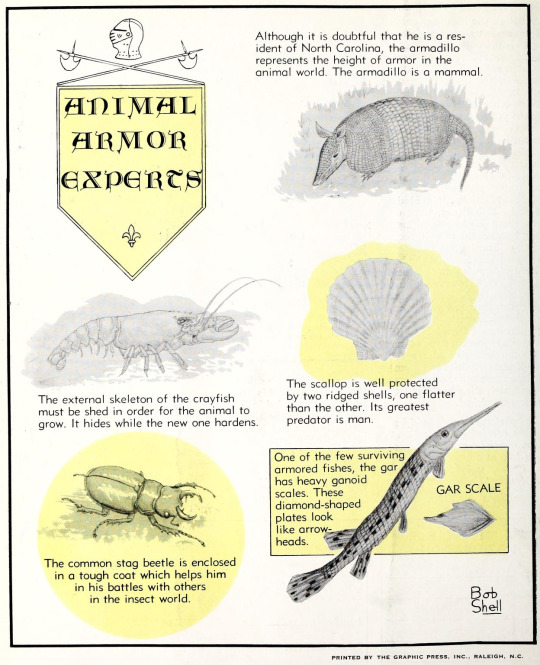
Wildlife in North Carolina. August 1964. Illustration by Bob Shell.
Internet Archive
#mammals#xenarthra#armadillos#nine banded armadillos#marine life#crustaceans#crawfish#bivalves#scallops#fishb#bony fish#gar#bugs#insects#beetles#stag beetles#common stag beetle#Bob Shell
200 notes
·
View notes
Text
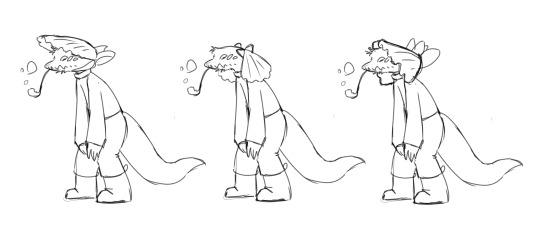
Masha redesign ideas. Love my funny they/them scallop. I think #1 is my favorite despite not being rlly how I draw bivalves anymore... lmk what you think...?
#furry#furry art#furry fandom#beth dehart#cute#furry anthro#art#wet beast Wednesday#scallop#Masha#drawing bivalves so so hard but I love them#maybe my bivalves can come in different shell type variants idk
43 notes
·
View notes
Text







Illustration of Cretaceous Bivalvia (previously called Lamelliabranchia) by Thomas Alfred, Brock from the Monograph of Palaeontographical Society Vol. 63 (1909)
7 notes
·
View notes
Text
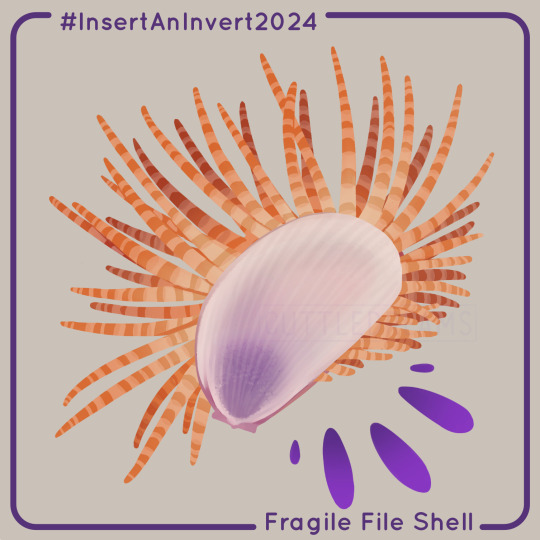
🪱 #InsertAnInvert2024
Shells: Swimmers
Fragile File Shell (Limaria Fragilis)
Learning that some bivalves can swim felt like opening a whole new world of wonder. There's never an end to what is to be discovered!
------
Interested in learning more about the invertebrate animals around us? Join into the year-long InsertAnInvert event organized by Franzanth, where every week a new animal is spotlighted following each monthly theme! Draw unique animals, read up on cool facts, or just follow the tag online to see a lot of cool artwork.
Prompt List: https://bsky.app/profile/franzanth.bsky.social/post/3khyob3xn742q
------
Like my work? Visit my shop, or support me on Ko-Fi! It really does help keep my work possible~
#cuttledreams#insertaninvert2024#fragile file shell#bivalve#they swim!#and can detach tentacles if needed to go even faster
21 notes
·
View notes
Text
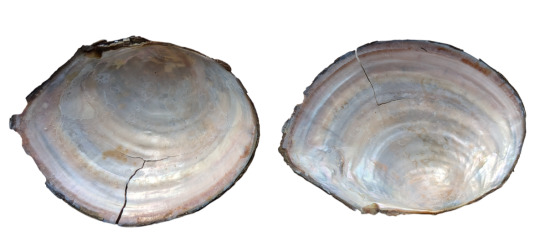
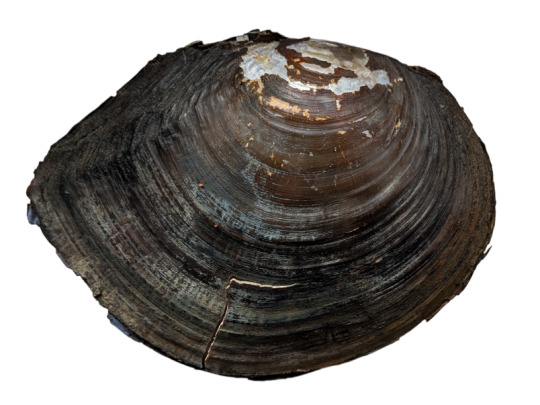
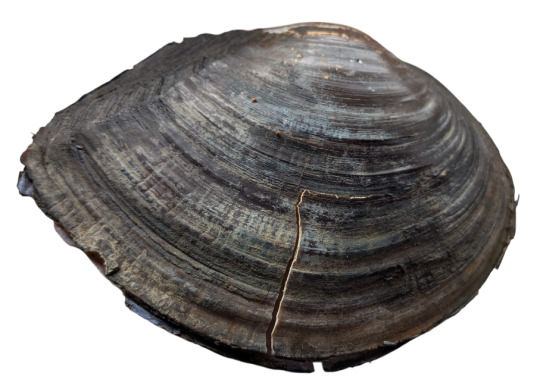
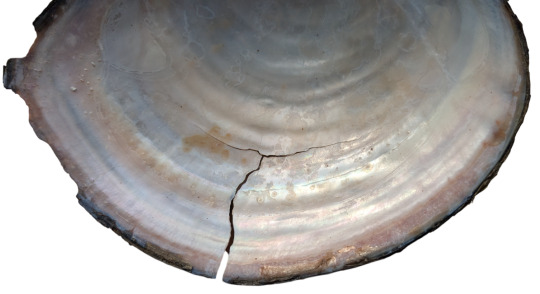
Adventive Swan-mussel (Sinanodonta woodiana)
#vulture culture#mine#mussel#adventive swan mussel#Sinanodonta woodiana#mollusk#molluscs#bivalve#bivalves#freshwater mussel shells#unionidae#mollusca#invasive species#Chinese Pond Mussel#absolute unit
3 notes
·
View notes
Text
Week 4 Observations
1.22.25
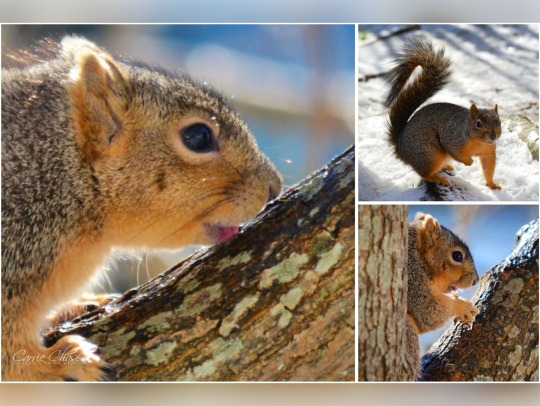
Fox Squirrel
Sciurus niger
Observed in the snow, eating a snack and licking ice on a tree limb at home on Galveston Island 1.22.25. You can see its tongue 😛
They are native to North America and is the most common of tree squirrels. They are on the invasive alien species of Union concern list in Europe.
Their whiskers, claws, abs and more help them navigate their environment. The habitat they thrive in the most are areas with tall trees and little to no understory. They live in leaf nests or tree dens (preferred).
Fun fact: they can jump 15 feet horizontally and free fall to a soft landing of 20 feet or more!
#foxsquirrel #Sciurusniger #citizenscience #mammal #outdoors #nature #squirreltongue #native #january #january22 #2025 #picoftheday #project365 #day22
1.23.25
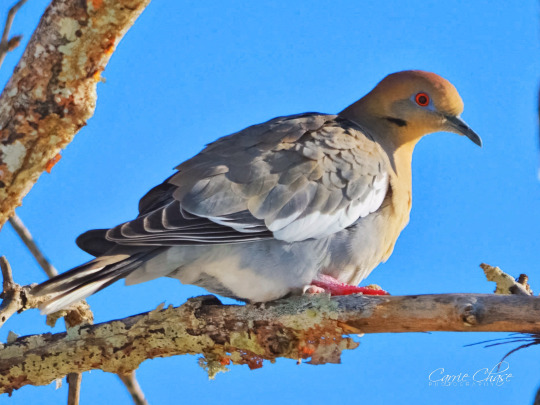
White-winged Dove
Zenaida asiatica
Their native range includes the Southwestern US and down to Central America and has expanded to Texas and surrounding states due to humans providing a reliable food source. Before agriculture exploded they stuck to their native range because their primary food/water source was the saguaro cactus.
I observed this one and its friends in a tree at my home on Galveston Island 1.22.25.
Though this species has lost nesting colonies, is on the wild game list and suffered a population collapse in the 1960s & 1970s it appears to have bounced back and is good at adapting to life with humans.
#whitewingeddove #Zenaidaasiatica #citizenscience #bird #nature #outdoors #january #january23 #2025 #picoftheday #project365 #day23
1.24.25

Dunlin
Calidris alpina
Observed these non breeding adults at Galveston Island State park 1.21.25.
While they winter along the coast they migrate to the arctic tundra to breed.
The population is very big and have a status of “least concern” yet appears to be decreasing and there are some subspecies that are quite endangered.
These birds forage for food on coastal mudflats and sandy beaches in flocks by poking their slightly curved bill in and out of the sand/mud. What’s cool about this is that their bill become a sensitive probe when an area on the end of the bill fills with blood and works with nerve endings that helps locate food.
#dunlin #Calidrisalpina #citizenscience #birds #water #nature #outdoors #january #january24 #2025 #picoftheday #project365 #day24
1.25.25

Savannah Sparrow
Passerculus sandwichensis
Observed near Galveston Island State Park on 1.23.25.
They’re common to Texas and winter here. Then they fly north to breed.
This one was foraging for seeds and insects in the grass.
Their nests are usually hidden very well on the ground in grass or weeds.
Fun fact, they often return to the same area where they hatched from each year!
#savannahsparrow #Passerculussandwichensis #citizenscience #bird #nature #outdoors #january #january25 #2025 #picoftheday #project365 #day25
1.26.25

Common Raccoon
Procyon lotor
Observed on the east end of Galveston Island on 1.26.25. There’s a huge committee (collective noun) of raccoons that live there, probably because people feed them. Usually their diets consist of a mix of plants and different animals.
They are native to North America. They’ve adapted past their original habitats and can be found almost anywhere in North America.
The most important sense they have is touch with highly sensitive front paws. They’re are very smart and studies have shown they are able to remember a solution to a problem for up to 3 years!
#commonraccoon #Procyonlotor
#citizenscience #raccoon #mammal #outdoors #nature #january #january26 #2025 #picoftheday #project365 #day26
1.27.25
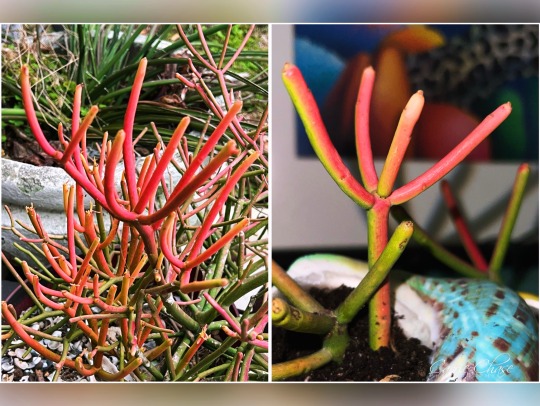
Firestick
Euphorbia tirucalli
My friend gave me a few cuttings from her plant. I am not a plant person so we’ll see how this goes. It’s very pretty though.
It’s native to Africa and not invasive here but makes for a pretty ornamental plant.
It’s interesting she has this plant because it thrives well in a low humidity area 😆 The more I learn about this plant the less I think I’ll be able to keep it alive.
It produces a latex (sticky plant fluid) that is quite toxic but is also used to feed cows in places. Makes me wonder about the cows!
#firestick #Euphorbiatirucalli #citizenscience #succulent #plant #outdoors #indoors #nature #january #january27 #2025 #picoftheday #project365 #day27
1.28.25
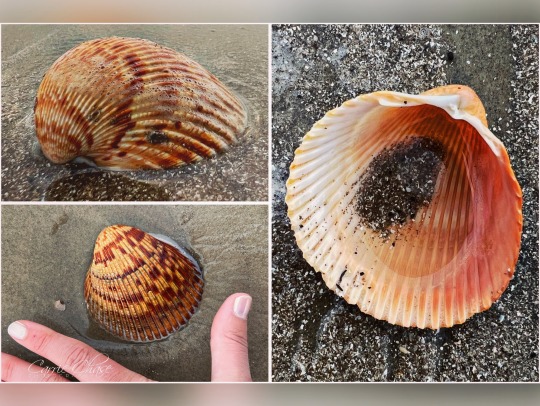
Giant Atlantic Cockle
Dinocardium robustum
This large, saltwater clam can be found all along the North American coast, the Gulf of Mexico and in the Caribbean. This particular shell was observed on Galveston Island beach 1.26.25.
We’ve been having extreme low and high tides and these beautiful shells are usually found when the tide is very low.
They use their foot to burrow into the sand and also “leap” away from predators like sea stars!
Though this shell was just one half I have been lucky enough to come across some that still had their inhabitants.
#giantatlanticcockle #Dinocardiumrobustum #citizenscience #shell #beach #nature #outdoors #january #january28 #2025 #picoftheday #project365 #day28
#citizen science#outdoors#nature#fauna#mammal#native#fox squirrel#animal#white-winged dove#birds#dunlin#savannah sparrow#common raccoon#raccoon#omnivore#firestick#succulents#flora#plants#giant Atlantic cockle#shell#beach#bivalve#mollusk
3 notes
·
View notes
Photo

Double Venericardia Fossil Bivalve - Eocene, Bracklesham Beds, Sussex, UK - 100% Genuine w/ COA
Discover an incredible Double Venericardia Fossil Bivalve, a fascinating piece from the Eocene epoch, found within the renowned Bracklesham Beds at Bracklesham Bay, Sussex, UK. Dating back over 40 million years, this fossil showcases an extinct genus of marine bivalve mollusks that thrived in ancient marine environments, providing an exceptional glimpse into prehistoric ecosystems.
This particular specimen was discovered by our expert team members, Alister and Alison, on 00 January 1900, and has been carefully cleaned, prepped, and treated by Alison to ensure its remarkable preservation. The distinct ridged shell patterns characteristic of Venericardia bivalves are beautifully displayed, with both halves of the bivalve intact, making it an even rarer and more desirable piece for fossil collectors, educators, and enthusiasts of natural history.
Species: Double Venericardia Fossil Bivalve
Age: Eocene (Approximately 40-50 million years old)
Formation: Bracklesham Beds
Location: Bracklesham Bay, Sussex, UK
Authenticity: 100% genuine fossil, comes with a Certificate of Authenticity
Sizing: Scale cube = 1cm (Full dimensions available in listing photos)
ACTUAL SPECIMEN AS SEEN: The specimen shown in the listing is the exact fossil you will receive. Each piece is hand-selected and professionally photographed to ensure you receive an accurate representation of your fossil. Due to the unique nature of fossils, once this item is sold, a similar specimen with updated images and details will be listed.
Please note that some fossils may be propped up for photography purposes. While we strive to depict colors as accurately as possible, variations may occur due to lighting and screen settings.
Your fossil will be securely packaged to ensure safe worldwide delivery. Whether you are expanding your fossil collection, looking for an educational specimen, or searching for a unique gift, this rare Double Venericardia Fossil Bivalve is an excellent choice.
🔍 Explore our shop for more incredible fossils and prehistoric specimens! 🌍
#Double Venericardia Fossil#Fossil Bivalve#Eocene Fossil#Bracklesham Beds#Bracklesham Bay Fossil#UK Fossils#Fossil Shell#Bivalve Shell#Natural History#Palaeontology#Genuine Fossil#Fossil Collector#British Fossils#Authentic Fossil#Shell Fossil#Fossil Identification#Science Gift#Fossil Enthusiast#Fossil Hunting#Geological Specimen
0 notes
Text

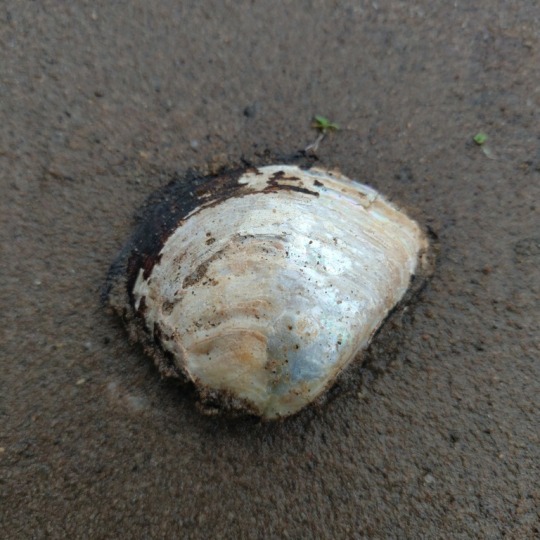
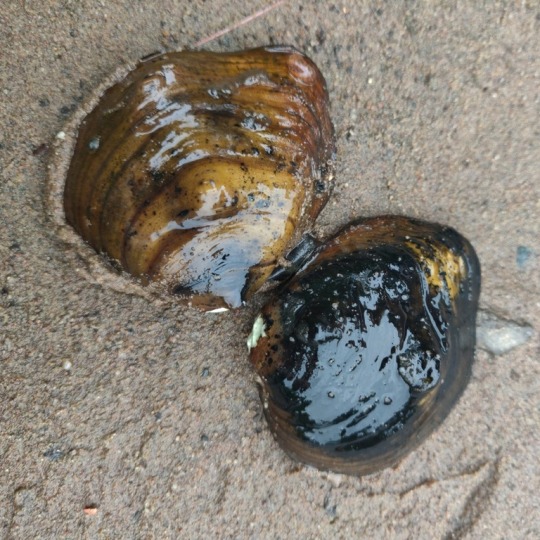
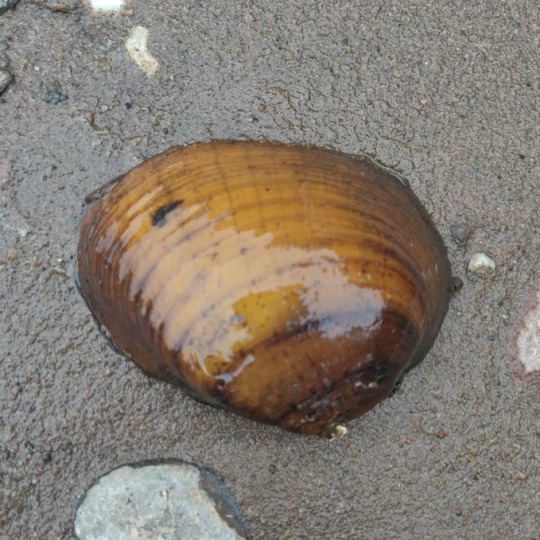
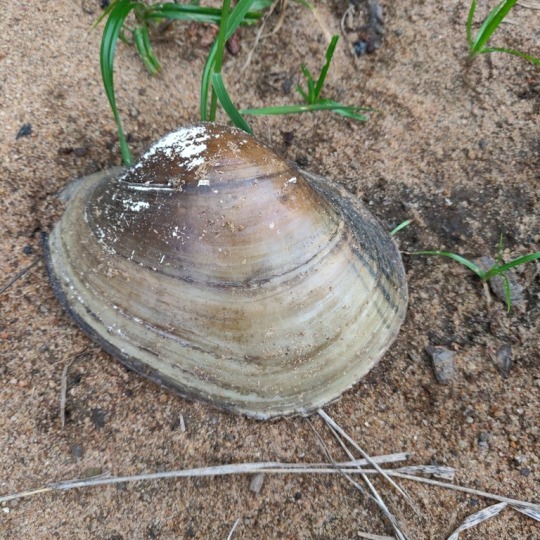

Some mussels of the Midwest: Hickorynut, deertoe mussel, three-horn wartyback, butterfly mussel, plain pocketbook, spike
#i should prob make a post about the importance of mussels but i dint feel like it rn i just want to share pics#mussels#bivalves#bivalve#mussel#molluscs#mollusk#shells#shell#river#water#animals#animal#ecology#ecologist#biologist#wildlife biologist#wildlife#wildlife biology#nature#naturalist#north america#midwest#mine#rivers#beach#nature photography
46 notes
·
View notes
Text
had a Beyond burger for the first time. They're good but I also don't really eat beef so I do not have a point of comparison. Compares favourably with the lamb burgers I used to make.
#slowly narrowing in on whatever the hell diet im aiming for#i don't really care about unintensified animal suffering which puts a variety of fish on the table i should make mussel broth#incredible that bivalves are basically plants in terms of environmental impact even when you disregard shell mass#food
15 notes
·
View notes
Text

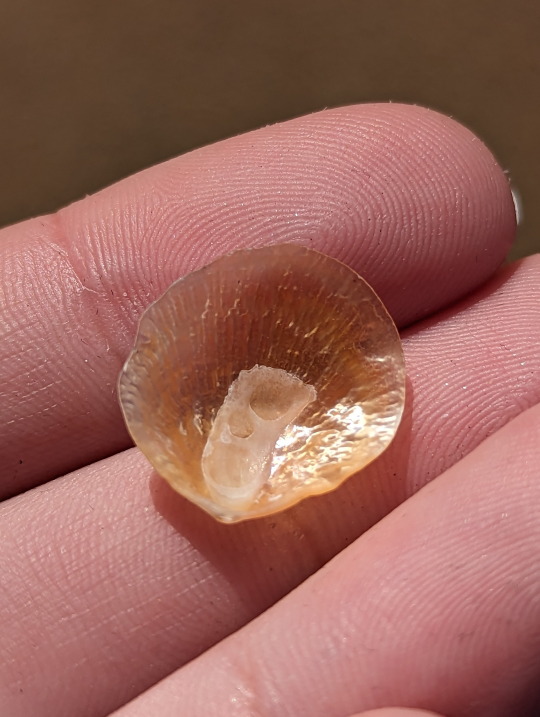
Shiny jingle shell.
17/09/23 - Anomiidae sp.
QLD:WET - Cardwell, ocean shore
#invertebrates#invertblr#Anomiidae#unidentified#Jingle Shells#Bivalvia#Bivalves#Mollusca#Molluscs#shellfish#shells
5 notes
·
View notes
Photo

Venericardia Fossil Bivalve - Eocene, Bracklesham Beds, Sussex, UK - 100% Genuine w/ COA
Discover an incredible Venericardia Fossil Bivalve, a fascinating piece from the Eocene epoch, found within the renowned Bracklesham Beds at Bracklesham Bay, Sussex, UK. Dating back over 40 million years, this fossil showcases an extinct genus of marine bivalve mollusks that thrived in ancient marine environments, providing an exceptional glimpse into prehistoric ecosystems.
This particular specimen was discovered by our expert team members, Alister and Alison, on 00 January 1900, and has been carefully cleaned, prepped, and treated by Alison to ensure its remarkable preservation. The distinct ridged shell patterns characteristic of Venericardia bivalves are beautifully displayed, making it an ideal addition for fossil collectors, educators, and enthusiasts of natural history.
Species: Venericardia Fossil Bivalve
Age: Eocene (Approximately 40-50 million years old)
Formation: Bracklesham Beds
Location: Bracklesham Bay, Sussex, UK
Authenticity: 100% genuine fossil, comes with a Certificate of Authenticity
Sizing: Scale cube = 1cm (Full dimensions available in listing photos)
ACTUAL SPECIMEN AS SEEN: The specimen shown in the listing is the exact fossil you will receive. Each piece is hand-selected and professionally photographed to ensure you receive an accurate representation of your fossil. Due to the unique nature of fossils, once this item is sold, a similar specimen with updated images and details will be listed.
Please note that some fossils may be propped up for photography purposes. While we strive to depict colors as accurately as possible, variations may occur due to lighting and screen settings.
Your fossil will be securely packaged to ensure safe worldwide delivery. Whether you are expanding your fossil collection, looking for an educational specimen, or searching for a unique gift, this rare Venericardia Fossil Bivalve is an excellent choice.
🔍 Explore our shop for more incredible fossils and prehistoric specimens! 🌍
#Venericardia Fossil#Fossil Bivalve#Eocene Fossil#Bracklesham Beds#Bracklesham Bay Fossil#UK Fossils#Fossil Shell#Bivalve Shell#Natural History#Palaeontology#Genuine Fossil#Fossil Collector#British Fossils#Authentic Fossil#Shell Fossil#Fossil Identification#Science Gift#Fossil Enthusiast#Fossil Hunting#Geological Specimen
0 notes
Link
1 note
·
View note
Text
String identified: a c a at a , . . ct a a t ta t ’ ag a a t . At t ta ’ gttg tc ta t? ca t’ a a t G' a a a a ? ? Tat’ ’ t a a t a t. . t’ a t t ct tat t tca a ac:g c . . a a a t catat g t g ca. . a c . a ag a t???? gt at t g t t ta t a t ca t
Closest match: Arca noae genome assembly, chromosome: 10 Common name: Noah's Ark Shell

(image source)
Kinda fucked up and nasty how vampires drink blood, imo. Like. Pepsi costs a dollar seventy five
#tumblr genetics#genetics#biology#science#pepsi at the hospital#grimeclown#bivalves#noah's ark shell#noahs ark shell#molluscs
258K notes
·
View notes